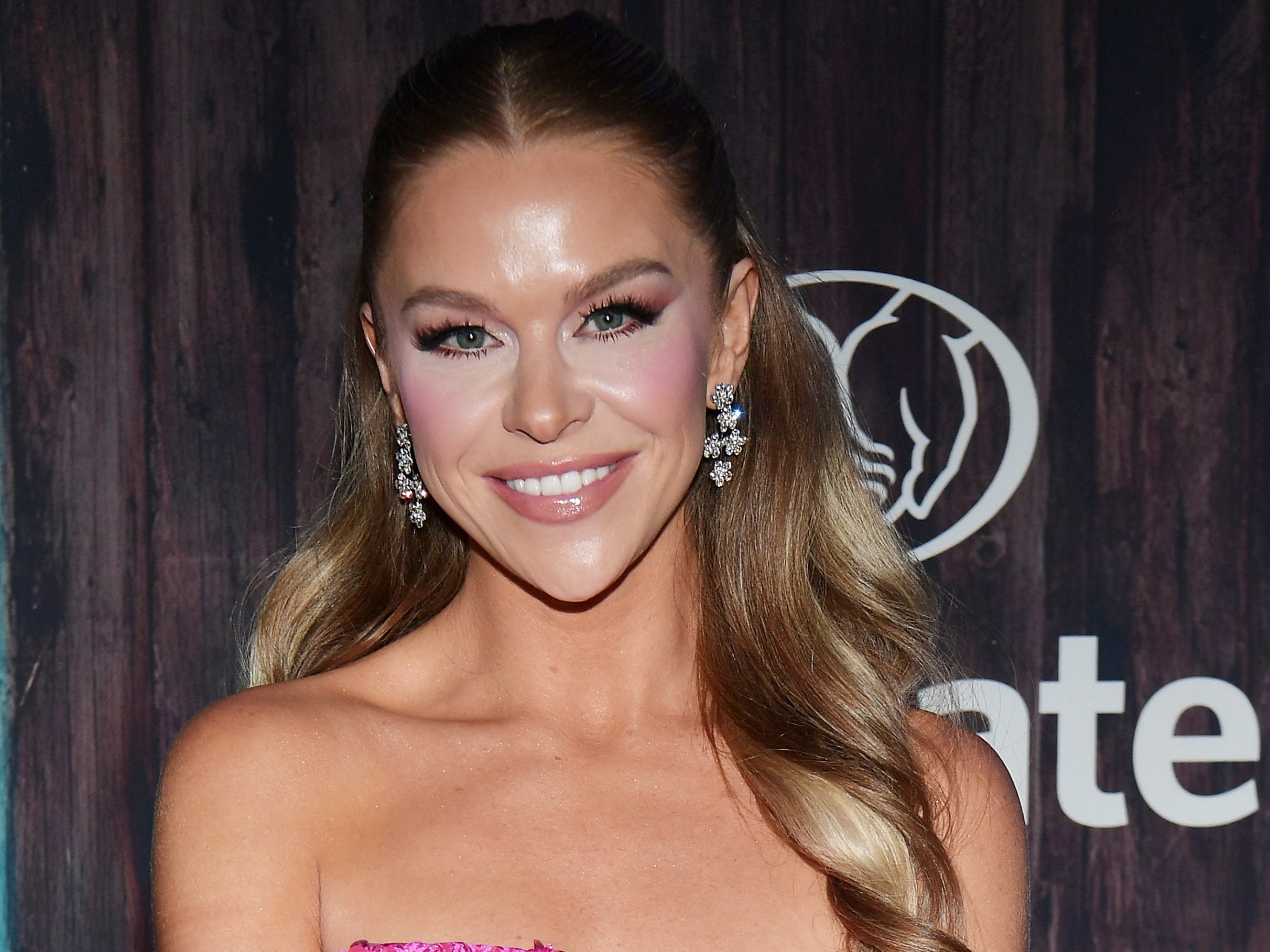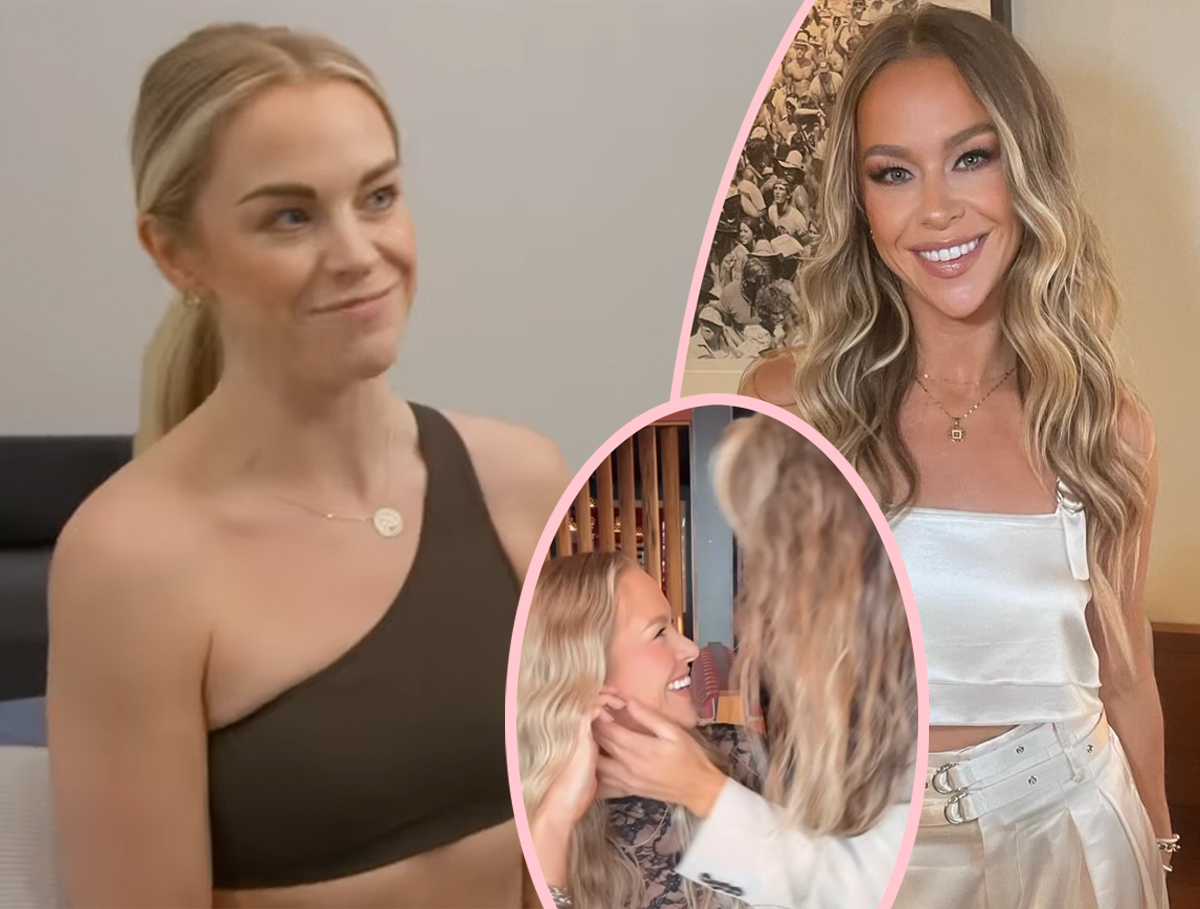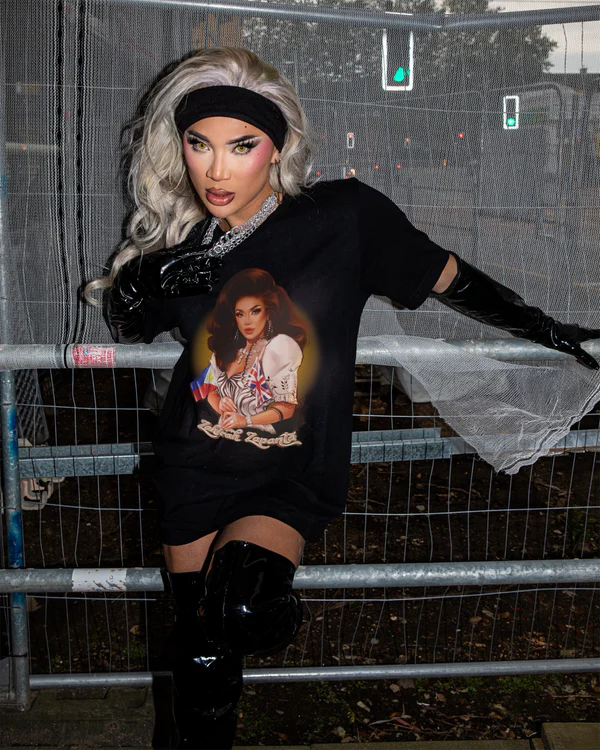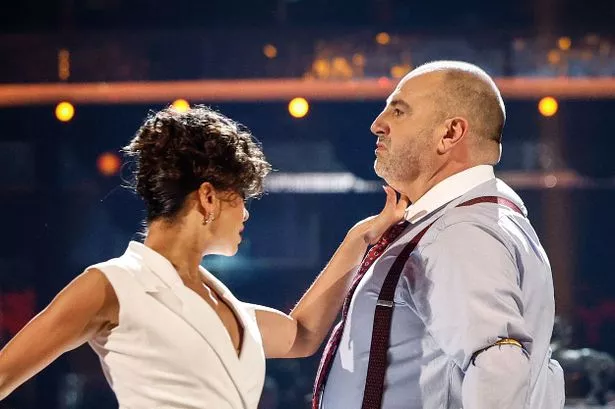The globally popular dating reality show, Love Is Blind, has captivated audiences for years with its unique twist on romance. Participants engage in a social experiment, where they are tasked with finding love and even getting engaged, all before ever meeting their potential partners face-to-face. The success of this unconventional format, where contestants form emotional connections without any physical interaction, has led to many fans asking: will there ever be a queer version of Love Is Blind?
Here's ads banner inside a post

In an exclusive interview on the Made It Out podcast, Love Is Blind season five star Stacy Snyder opened up about the possibility of a LGBTQ+ iteration of the hit Netflix series. Snyder, who recently made headlines with the public launch of her relationship, shared her thoughts on the demand for a queer version of the show and whether such a season could ever come to life.
A New Era for Love Is Blind?
The premise of Love Is Blind is simple yet incredibly engaging: single men and women enter the show, go on dates with each other through “pods”—where they can’t see or touch their partners—and engage in deep, meaningful conversations. If a connection is strong enough, they get engaged without ever having seen each other. Then, they meet in person and navigate the complexities of life, love, and living together to see if their love survives the real world. The show’s motto is “Can you fall in love with someone without ever seeing them?” And while the show has made waves with its diverse cast, featuring people of different backgrounds, there has yet to be an LGBTQ+ season.
Here's ads banner inside a post

In the podcast interview, Snyder addressed the growing fan speculation about the potential for a queer version of the show. “This is a big conversation,” Snyder began. “People want a queer Love Is Blind.” But she expressed some hesitation about how such a format would be implemented given the show’s existing structure. Snyder, who herself experienced the highs and lows of the experiment as a heterosexual woman on the show, wondered about the logistics of accommodating LGBTQ+ contestants in the current setup.

Here's ads banner inside a post
The Challenge of Reworking the Format
Snyder offered a hypothetical scenario to illustrate the challenge. She suggested, “Let’s say there are 15 girls on one side, and 15 girls on the other where the guys would go. You’re still blind dating, but what makes you not want to be with someone that’s on your side that you’re seeing?” The challenge, as she pointed out, is how to separate participants into two distinct groups: men and women. If the show were to add LGBTQ+ contestants, it could potentially make it harder to match contestants based on their attraction and preferences.
:max_bytes(150000):strip_icc()/Stacy-Snyder193-08292024-05ccb06d71144395a7db86d5c44e8ef5.jpg)
Snyder continued, “I know, I think that’s what makes the show so good,” referring to the fact that the show is inherently structured to limit physical attraction at the beginning and emphasize emotional connection. However, she also raised the interesting point that, “What if there was an element of, ‘is love blind?’ You could end up with the person in the pod, or you end up with someone that you can see.”

This suggestion hints at a more fluid approach to the dating structure where participants could freely connect with others of any gender. While this idea would add a dramatic and intriguing element to the show, Snyder also admitted that it might not be the right fit for the Love Is Blind format as it stands. “That would make it very dramatic, and I’m into that, but I don’t think they [the producers] would ever go for it,” Snyder confessed.
What Do the Producers Think?
Snyder’s reflections on the show’s potential for LGBTQ+ inclusivity align with comments made by Love Is Blind producer Chris Coelen. In an interview with Metro in 2020, Coelen was asked whether the show might ever embrace a more LGBTQ+ inclusive approach. His response was somewhat cautious. He acknowledged that Love Is Blind is not particularly focused on sexuality, saying, “This is not a show that is particularly about sexuality.” This distinction has become part of the show’s identity, where the main focus is on emotional connection rather than sexual orientation or gender identity.
:max_bytes(150000):strip_icc():focal(749x0:751x2)/Chris-Coelen-2022052251-d7cd3f6a882f40c1a761bedbcc5ccc0f.jpg)
However, Coelen also admitted that creating a queer version of the show would involve “logistical difficulties.” While he didn’t provide further details about what these difficulties might entail, he did express interest in exploring the possibility of a Love Is Blind season with LGBTQ+ participants. “With that said… I do think that based on the setup of it, an LGBTQ+ version of that has some logistical difficulties in the current setup,” he explained. But he was hopeful, adding, “Some sort of variation on the show’s current format could potentially work.” This indicates that there may be room for experimentation with the format in the future, though it’s unclear what changes would be necessary to accommodate a more diverse group of participants.
The Fans Demand Change
The conversation about a queer version of Love Is Blind has been brewing among fans for quite some time. While the series has certainly pushed boundaries in terms of its diverse cast, fans are eager to see more representation of LGBTQ+ relationships on the show. Social media is filled with posts calling for the show to include a more diverse range of romantic experiences, with many viewers urging producers to consider the growing demand for inclusivity.
One thing is clear: fans want to see more. In fact, the request for a queer Love Is Blind is not just a passing trend. It reflects a larger cultural shift toward embracing a wide spectrum of sexual orientations and gender identities in mainstream media. With other reality dating shows, such as The Bachelor and The Bachelorette, slowly incorporating LGBTQ+ contestants and spin-offs, Love Is Blind could be the next show to take a step forward.

Breaking Down the Logistical Hurdles
While Coelen mentioned logistical difficulties, it’s important to consider what those might entail. One major challenge is how to structure the pods in a way that allows for genuine connections while maintaining the show’s unique premise. As Snyder pointed out, if there were a mix of gender identities in the pods, it could complicate the process of matchmaking, which is central to the show’s drama and success.

However, as societal norms continue to evolve and conversations about gender and sexuality become more inclusive, reality TV producers might find new, innovative ways to make such a format work. There are examples of other dating shows that have successfully incorporated LGBTQ+ contestants, proving that it is possible to create a compelling and authentic experience for all participants, regardless of sexual orientation.
Could the Future of Love Is Blind Be Queer?
While Snyder and Coelen have expressed some reservations about how a queer Love Is Blind would fit into the show’s existing format, it’s clear that there is a desire among fans for greater representation. Whether the producers will take the plunge into creating a truly inclusive version of the show remains to be seen. However, as the demand for LGBTQ+ representation in media grows stronger, it’s possible that the producers of Love Is Blind will find a way to adapt the format to meet these demands in future seasons.

For now, Love Is Blind continues to captivate audiences with its unconventional approach to love, but the conversation around its future—including a possible queer version—is far from over. As more fans continue to push for inclusivity and representation, it may only be a matter of time before the producers of Love Is Blind explore new ways to adapt the format for a wider audience.
Love may be blind, but perhaps it’s time for it to also be inclusive.


